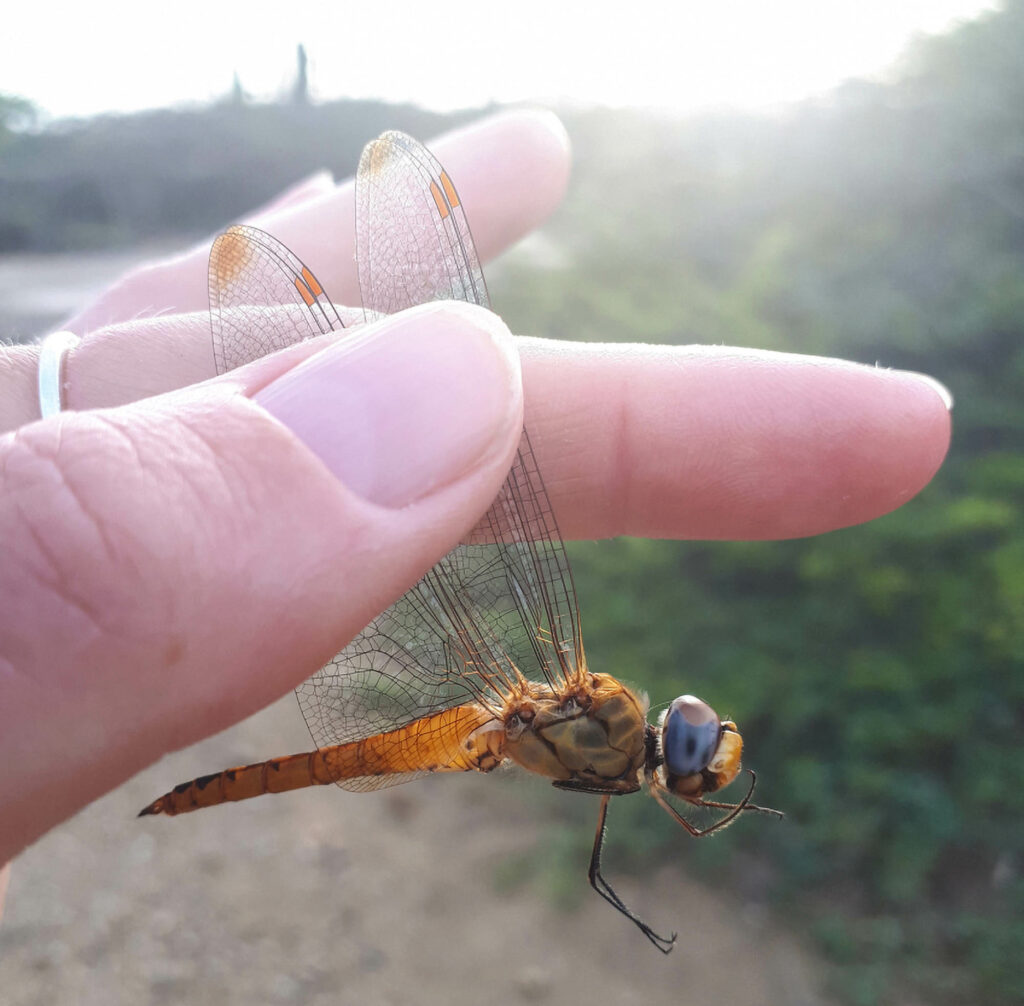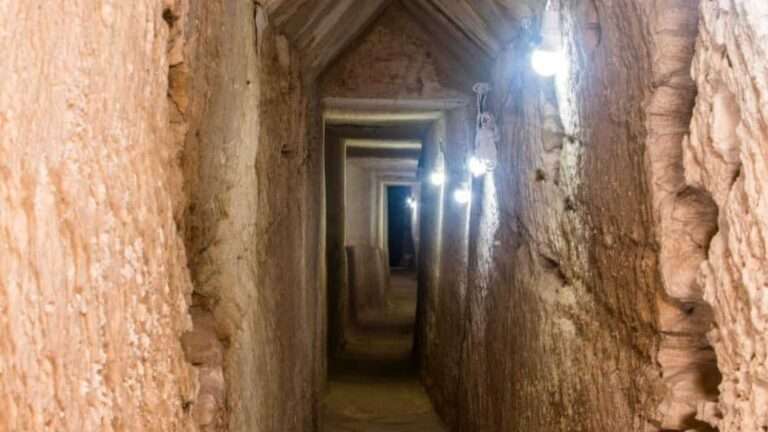A new study has revealed how dragonflies that are not even two inches long are able to fly nonstop for over a thousand miles in the longest migration relative to size in the animal kingdom.
The journey, which sees skimmer dragonflies (Pantala flavescens) travel from India to Africa, is just one of many crucial migration routes now under threat from climate change.
An international research team led by Lund University in Sweden has detailed how skimmer dragonflies are capable of migrating from India to the Maldives.
The dragonflies, which are just 4.5 centimetres (1.7 inches) long with a wingspan of around 7.2 centimetres (2.8 inches), cross the Indian Ocean in a journey that spans over 2,000 kilometres (1,242 miles).

Trying to study the migration of the insects is complicated as, unlike birds, they are too small to be fitted with a tracking device.
Therefore, researchers ran simulations based on the physical capabilities of the dragonflies such as their fat reserves and the effect of wind on their ability to fly.
Experts found that the dragonflies are only capable of making the journey with the help of favourable wind conditions.
The simulations found that only 15 percent of dragonflies could complete the journey from India to Africa in the spring, but 40 percent could make the journey in the opposite direction in the autumn due to more favourable meteorological conditions.
Johanna Hedlund, a researcher at Lund University, said: “We have got a lot closer to solving the mystery of how a tiny dragonfly, which only weighs 300 milligrams, can cross 2,000 kilometres of open sea.”
Johanna said: “The globe skimmer dragonfly can’t manage it using only the fat it can store in its body. It also requires favourable winds and these are present during certain periods of the year.”
<<< You May Also Like >>>
Hope For Endangered Migratory Bird As Female Returns Home To British Foster Mum
The study pointed out that dragonflies are not the only organisms that depend on consistent environmental conditions to migrate long distances across the Indian Ocean.
The Amur falcon and the Jacobin cuckoo also make a similar crossing and depend on the winds to carry them over thousands of miles of open water.
The researchers are concerned that climate change will alter wind patterns as the oceans’ temperatures rise, potentially disrupting migratory routes that are crucial to the stability of ecosystems.
The study not only contributes to our understanding of how one of the animal kingdom’s smallest migrants can cover enormous distances, but also increases our knowledge of how migration could be disrupted by climate change.
The study titled ‘Unraveling the World’s Longest Non-stop Migration: The Indian Ocean Crossing of the Globe Skimmer Dragonfly’ was published in the journal Frontiers in Ecology and Evolution.
To find out more about the author, editor or agency that supplied this story – please click below.
Story By: Peter Barker, Sub-Editor: Lee Bullen, Agency: Newsflash
The Ananova page is created by and dedicated to professional, independent freelance journalists. It is a place for us to showcase our work. When our news is sold to our media partners, we will include the link here.




